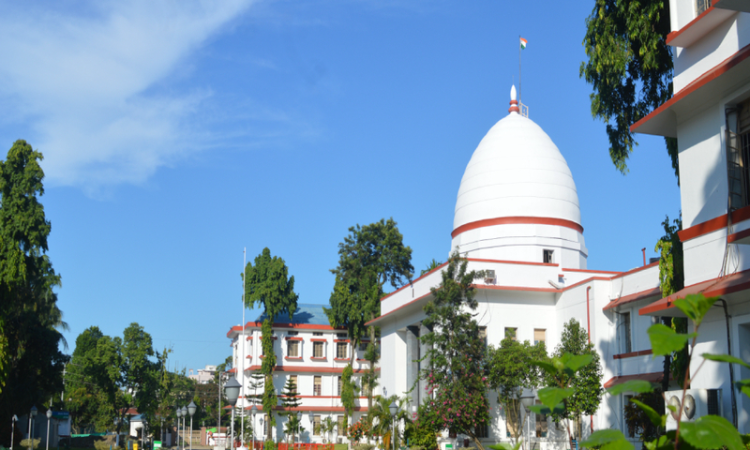The Gauhati High Court recently set aside a murder conviction stating that accused has a right to remain silent and the burden of proof cannot be shifted upon the accused by applying Section 106 of the Indian Evidence Act, 1872 when multiple witnesses to the crime were present.Section 106 stipulates that when any fact is especially within the knowledge of any person, the burden of proving...

